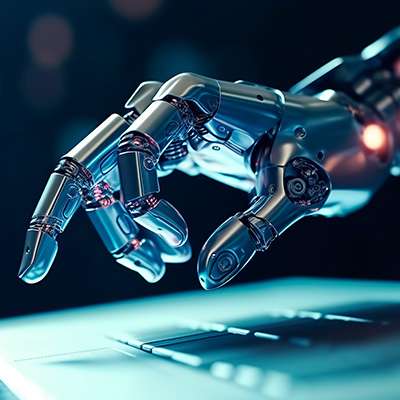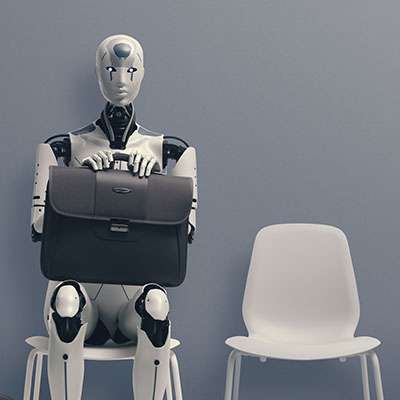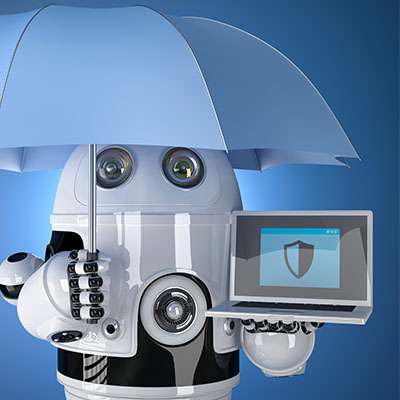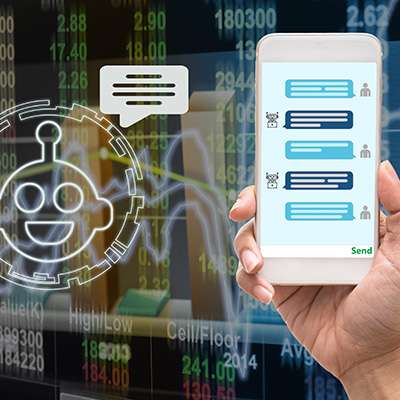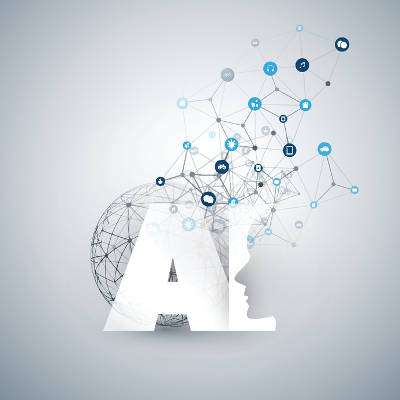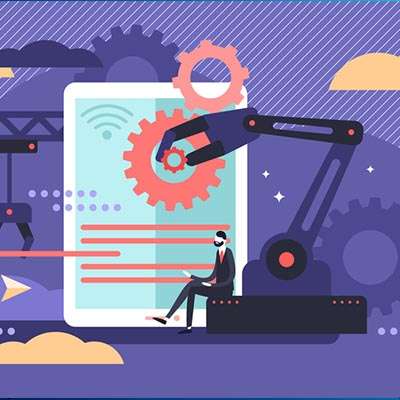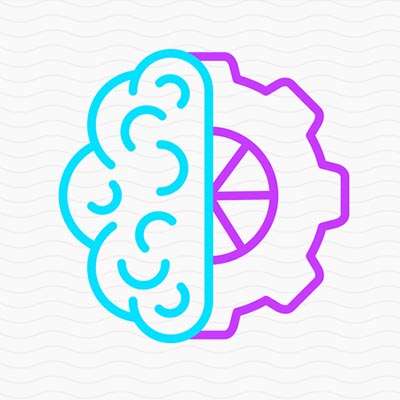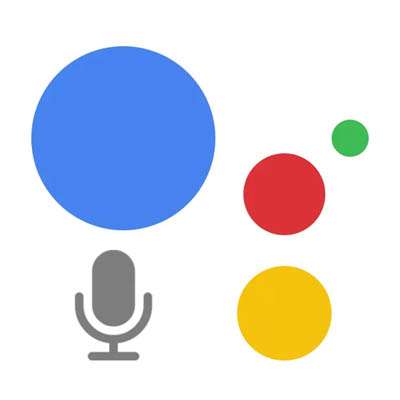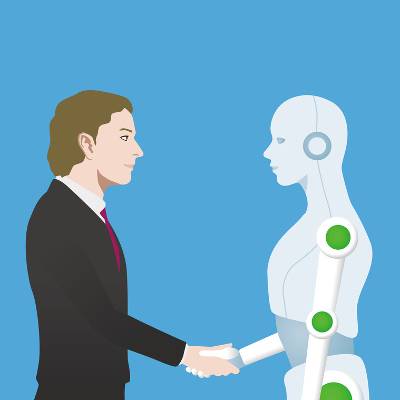Technology can add a lot of value for businesses, but sometimes it can be difficult to nail down exactly what can make a business run optimally. There are a lot of options, but that also means that there are a lot of things that can potentially go wrong. Listed below is a look at some of the technology that small businesses are using to support the new workplace and create better opportunities.
Macro Systems Blog
Artificial intelligence, or AI, is quite controversial at the moment, but there can be no denying that it will play an imperative part in the business world in the years to come. In fact, many organizations are seeking to expand their AI offerings and capabilities, including notable companies like Microsoft. Listed below are some of the solutions Microsoft is offering businesses in terms of AI.
AI is everywhere, and it is becoming a huge benefit for growing small businesses. Alas, a lot of business decision-makers don’t know where to start. Most AI for businesses is used inside applications you use daily. Microsoft has dedicated itself to improving its products with the use of AI. One of their ventures is to add AI to their Microsoft 365 productivity suite and so they have introduced Copilot, their effort to do just that.
We’re no strangers to talking about artificial intelligence. It’s been a somewhat regular topic on our blog and in our newsletters. AI is interesting, sort of this odd technology that for many years, the average person didn’t know what to do with it. Now, it feels like AI is the dominating new technology of the year. What happened? Will it stick? Can a business take advantage of it?
Due to the increasing complexity and rapid growth of the cybersecurity industry, businesses must stay ahead of developing threats designed to undermine advancements in the latest and greatest security technologies. One way that researchers have used to fight against threats is through the use of artificial intelligence. It’s possible that this emerging technology could be the key to fighting back against cyberattacks.
There are numerous technologies that come to define the point of time in which they were developed: the printing press, the light bulb, the automobile, etc. We now live in a time where new, and potentially transcendent technologies seem to be a dime a dozen. In the past twenty years we’ve seen the development of the mobile device, broadband technology (both wired and wireless), social media, blockchain and cryptocurrency, all the way to self-driving cars. However, none of these technologies has the promise that Artificial Intelligence has.
Modern technology is becoming more and more common in every part of our lives. For the modern business, emerging technologies can equal big profits if they are implemented and utilized properly. Let's take a look at a couple of the emerging technologies that organizations are using to improve the long-term outlook of their endeavor.
Artificial Intelligence is one technology that results in both excitement and fear. People’s imaginations tend to run away with them when they have conversations about AI. Organizations of all kinds are beginning to figure how they can utilize advanced AI platforms and machine learning to facilitate better business, but is it working? Below we'll take a look at how AI innovation is changing business and see how ready AI is for primetime.
Automation does nothing but help businesses, but can the same be said for the employees that work at these businesses? With more systems depending on some type of artificial intelligence, smart automation could replace up to 25% of the current workforce over the next decade. Let's take a look at the importance of profitability and how AI is likely going to lead in a new era of human existence.
At Google I/O 2018, a Google convention for developers, a remarkable new technology was unveiled. Titled Google Duplex, it adds a new level of utility and capability to the Google Assistant, enabling the Google Assistant to make phone calls on the user’s behalf that are nearly indistinguishable from human conversation.
No security solution is perfect. Each one has its own set of pros and cons. For example, relying completely on an automated solution is thorough, but it will flag plenty of threats that aren’t really threats (aka, false positives). Meanwhile, a human overseeing security is great for spotting worrisome trends, but a human can’t possibly catch every single attack. With this dynamic in mind, a team of researchers from MIT has successfully blended the two.


